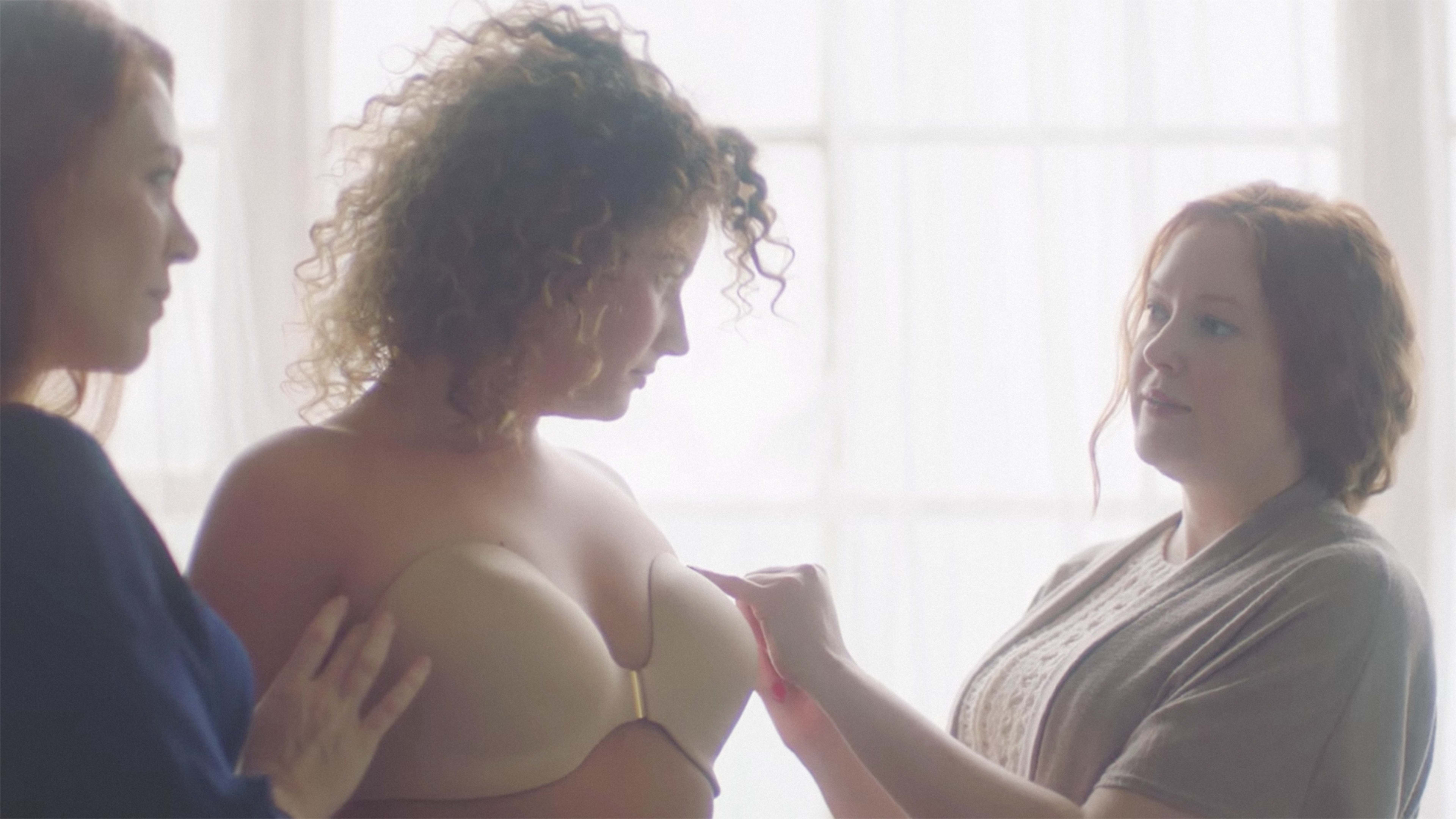All her life, Bree McKeen deeply resented her bra.
Nearly every style she owned–hundreds of dollars’ worth in her drawers–featured medieval underwires that dug into her ribcage and constricting straps that irritated her shoulders.
“As I started talking to other women, I realized I was not the only one,” says McKeen, 37, the founder and CEO of Evelyn & Bobbie. “We are all experiencing this. Somehow we were getting the message that it was just us–that everybody else was rushing into the lingerie store and coming out fulfilled. Nobody’s doing that.”
https://youtu.be/wlc7kn6NGqg
In 2007, McKeen visited a chiropractor and physiologist because she believed her posture was to blame for her constant bra discomfort. Upon examination, the doctor informed her that her posture was fine, but that she needed “to go down to the mall tonight and get a bra that feels great when you stand up straight.”
McKeen, then in her late 20s, laughed in disbelief.
“I’ve been shopping for that my whole life–it doesn’t exist,” she recalls telling her doctor. “I mean, I’m not going to walk into the boardroom in a sports bra.”

Such frustration inspired the former venture capitalist to launch her own company in 2013, one filled with female engineers who aim to rethink exactly how the modern bra is structured.
The result is a wireless, seamless, and strapless bra design that offers sturdy support by redistributing weight from the wearer’s shoulder to their core muscles and torso. In this way, the Evelyn & Bobbie bra is fundamentally different from the standard underwire bra, which can be traced back to the “lift and separate” style first worn by actress Jane Russell (and designed by Howard Hughes) in the 1943 film The Outlaws.
“Women are kind of blown away when they learn that the underwire was invented 80 years ago,” muses McKeen of the garment, which has seen relatively little innovation since its inception. “Not only do you hate your underwear, but your mom hated it. So did your grandma.”
Evelyn & Bobbie (named after McKeen’s aunt and grandmother) has done more than re-architect the modern bra. It has also reimagined the entire sizing system. There are no cup sizes to order. Back in 2014, the team startup used 3D technology to scan hundreds of women’s bodies to create an algorithm that allows the company to identify optimal fits with only a few measurements. That way, when clients submit their unique measurements (waist, breast, and shoulder) to the Evelyn & Bobbie website, they are sized by the algorithm and outfitted with a nearly customized fit.
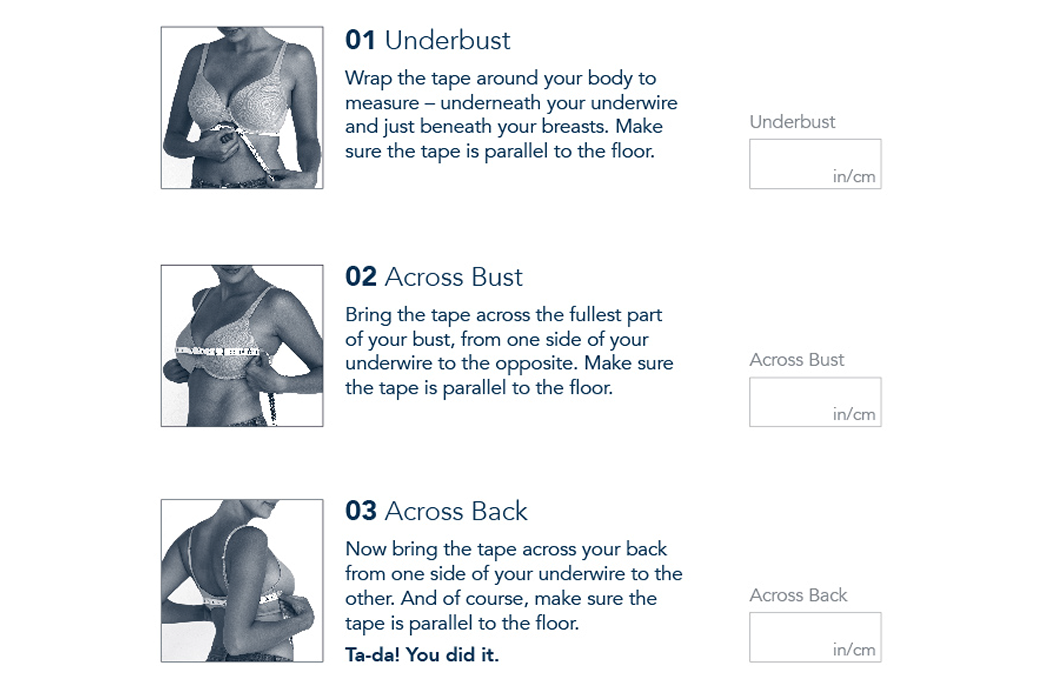
There’s no trace of the buyer’s body size number on the actual bra. For McKeen, this was vital for combating women’s issues with judging their weight according to, what she calls, a mostly arbitrary sizing system.

“Our bodies are more complicated than just bands and cups,” reads the company’s website.
McKeen says she’s met with dozens of women who continue to wear the wrong cup because they don’t want to admit to a larger size. They can’t bear to bring themselves to buy that bigger number.
“We had a woman come in that had scarring from her underwire,” recounts McKeen. “She literally had scars . . . it was rubbing [her side] there for years.”
Attempting to solve society’s image issues is undoubtedly a tall order, but Evelyn & Bobbie hopes to at least eliminate the pressure put on what should be as simple as buying other everyday essentials.
“The bra is a pretty loaded garment–there’s so much social meaning in that garment,” says McKeen. “Let’s get rid of the value judgment because you find that we put so much stock in these numbers.”
The Evelyn & Bobbie bra comes in navy and five nude shades to accommodate a wide range of skin tones. In May, the startup launched a 31-day Kickstarter in hopes of raising $88,000. Instead, it raised over $400,000 with over 3,500 backers. Backer comments expressed a variety of reasons for their excitement about the product. Some donors loved that the bras promised to be strapless but still sturdy; others liked the range of skin colors; and some just loved supporting a female-led business trying to solve a female-centric problem.
“I never could have imagined that it would take three and a half years,” McKeen says of her journey from research to shipping out her first order. “The support that we’ve gotten from women is unbelievable.”
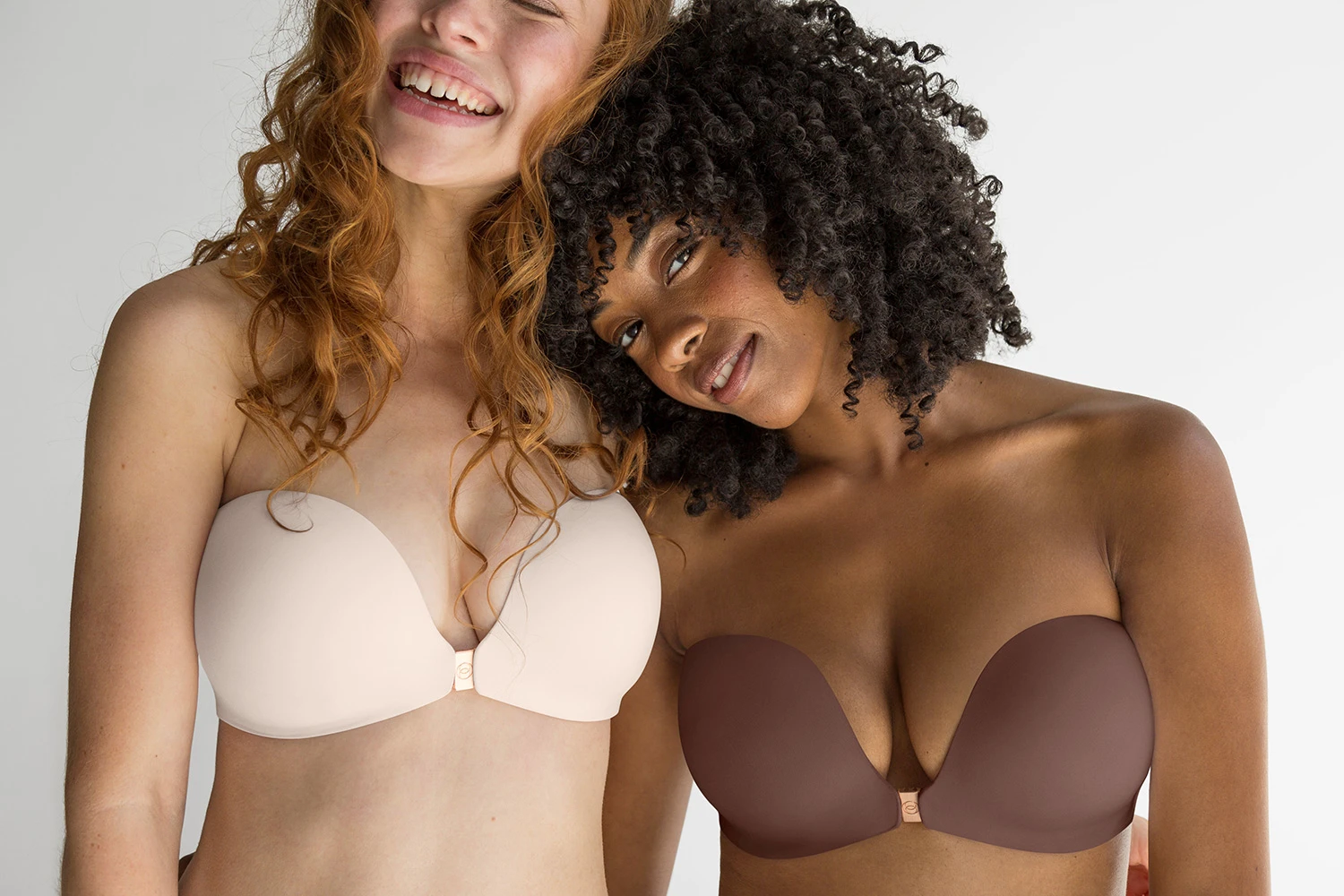
Taking The Entrepreneur Plunge
“I am a total mountain girl,” gushes McKeen, who grew up in Selma, Oregon. As a child, she often worked alongside her woodworker father, who built a cabin and the various pieces of furniture that went in it.
“I really grew up with a lot of creative freedom and kind of a do-it-yourself [mentality],” she says. That adventurous spirit, holds McKeen, is what invariably led her to strike out on her own in Silicon Valley.
As a Stanford University undergrad, McKeen studied social anthropology, with a heavy emphasis on qualitative methodology (which ended up being a helpful precursor to her eventual consumer research). Following graduation, she worked in an operational capacity evaluating startups at a San Francisco-based private equity firm from 2008 until 2011. She also attended Stanford Business School as a Sloan Fellow.
It was during this time that McKeen, having visited various doctors for back issues, decided to investigate whether there were alternative solutions to the brassiere.
“I thought, ‘Okay, well surely in Europe or Asia or somewhere, someone is innovating on this product,” says McKeen. “Somebody’s got to be taking a look at this architecture.'”
Alas, she found that the product varied little across the globe. Bras had remained fairly stagnant for the latter part of the last 10 years–a surprising fact, considering that body sizes have changed dramatically over the last few decades. In the last 20 years, the average American breast size increased from a size 34B to a 34 DD, according to a survey by lingerie retailer Intimacy.
“Our breasts have gotten bigger than we have gotten fatter,” explains McKeen. “There are definitely some big unanswered questions around why that’s happening, but we know what it is.”

McKeen was compelled to investigate the topic and potentially pursue her own bra startup, but she feared that with no apparel industry background, fundraising would prove futile. Her own experience evaluating companies taught her that investors invest based on pattern recognition.
“I wasn’t that CEO, and here I was going to bet on myself to go do that,” she says.
But a close friend and mentor gave her one piece of advice that ultimately instilled her with the courage to pursue Evelyn & Bobbie. When McKeen pondered whether a quest to improve the bra was worth potentially giving up her current career, her mentor told her, “Even if you make an incremental improvement, that’s super meaningful.”
McKeen pushed forward while keeping her idol, Spanx founder Sara Blakely, in the back of her mind. When Blakely launched Spanx, she had zero experience launching an apparel product–but she understood there was a sizeable gap in the market, points out McKeen.
“[Blakely] thought, ‘So there are all these men making nylon. They’ve been making them the same way forever, and if I made them a little differently, they would do the job a lot better. Let’s do that,'” says McKeen.
And so McKeen began to assemble a team of female engineers and designers who could reimagine what an upper body support system might look like–everything from the materials to the structure, and even the colors.
As McKeen instructed her team: “The first thing we had to do is forget everything we think we know about how to design a bra.”
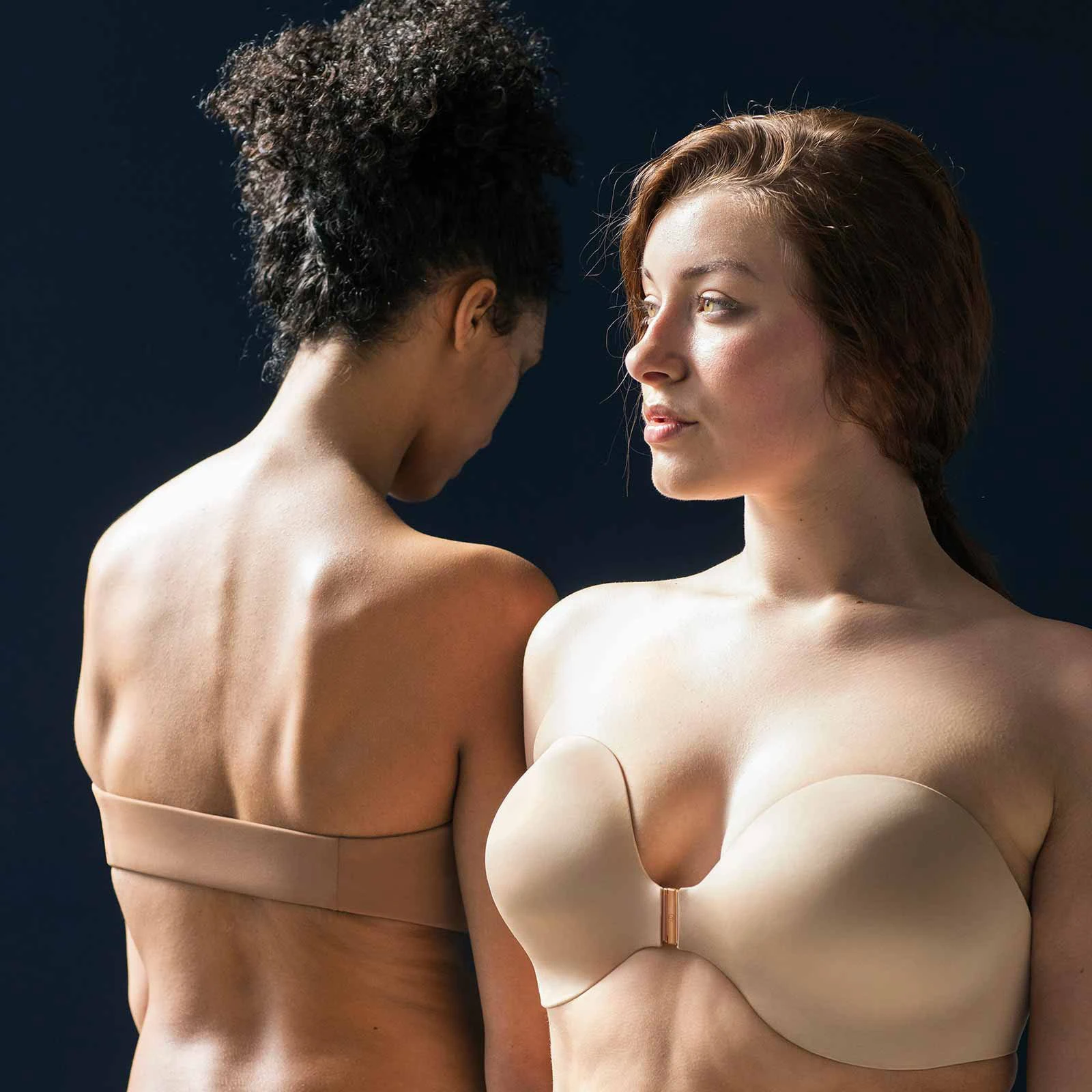
Building A Support Team
McKeen enrolled in a University of California, Berkeley, summer extension course on anatomy and physiology to better understand the female body. She then moved to Portland, Oregon–home of Nike, Under Armour, and Columbia Sportswear–with the hope of inserting herself in a community dedicated to apparel innovation. By day, McKeen worked as a UX consultant doing research for companies such as HP and Intel. By night, she stitched and hemmed bra materials together in her living room.
Recruiting designer and fabric specialists proved difficult at first. McKeen was repeatedly met with professionals who could not–or refused–to imagine the bra without its metal skeleton.
“People were so deeply trained in one way of making bras, it was like they couldn’t wrap their head around the fact of letting go of [underwire],” she recalls. “I was paying these people all this money to tell me that this isn’t possible.”
Over the next year, McKeen was able to draft Stephanie Muhlenfeld, formerly Nike’s manager of technical development. Under Muhlenfeld, Evelyn & Bobbie was able to access premiere fabric manufacturers and factories that count several top 10 apparel companies as their clients. This was essential to the team, which ranked a “seamless feel” as one of their chief priorities. They wanted a fabric that was strong and hugged the body, but also felt soft to the skin, with no itchy stitches or tags to irritate women’s bodies.
Too often, argues McKeen, companies try to make garments as cheaply and profitably as possible, which proves supremely problematic for undergarments that push right up against the skin. These bras might possess the right design, but the actual execution fails the entire process.
“There’s often a big disconnect between the technical design that happens in an organization, and the changes that happen between the time that the tech person said great [and actual production],” says McKeen, emphasizing that “what actually transpired at the factory and then the less expensive materials that are chosen as the substitutes” can result in a product that doesn’t live up to the initial design.
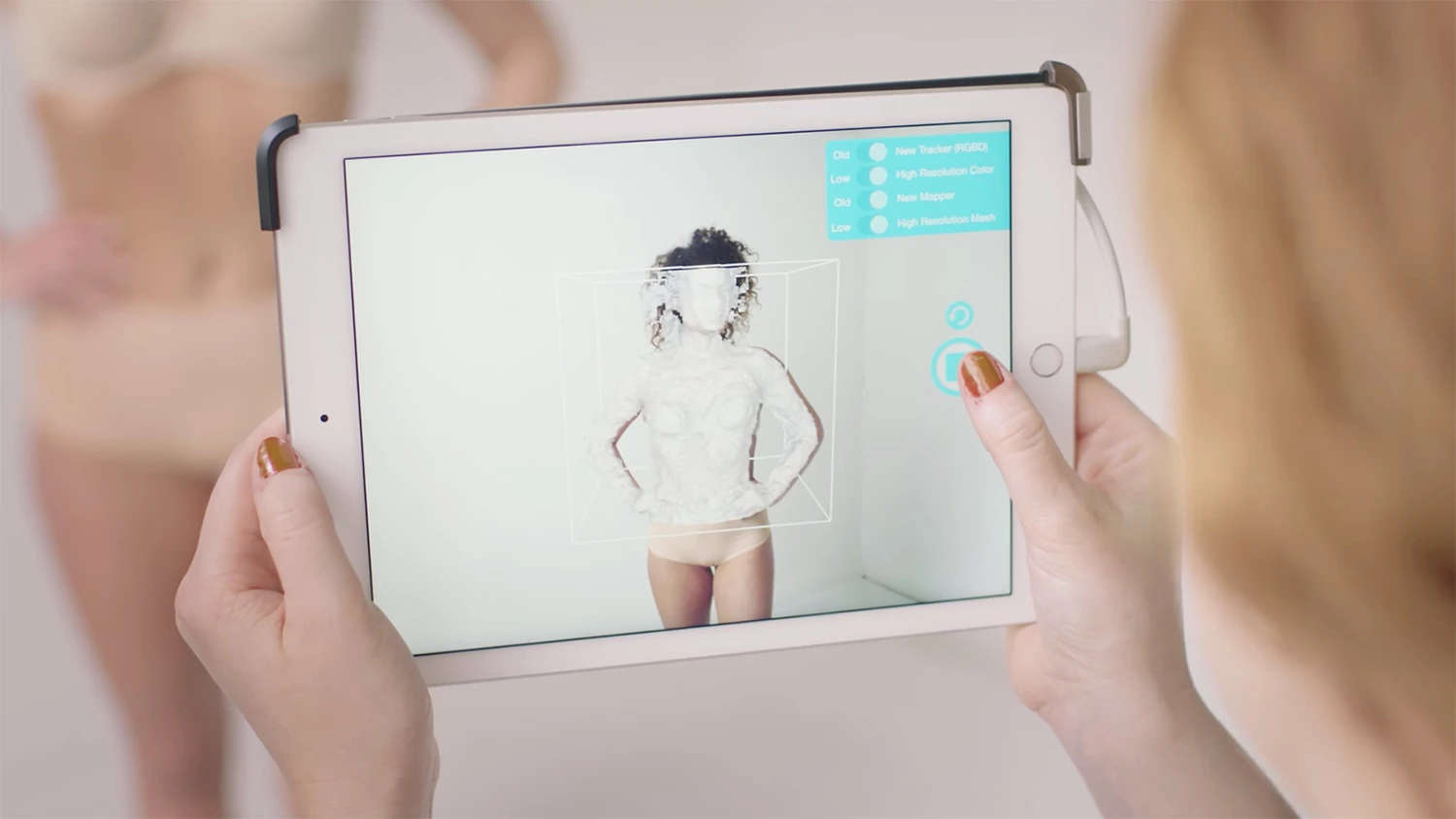
Back in 2014, when McKeen’s team began scanning hundreds of women’s bodies to create its fit algorithm, they also used the data they collected to create a stitch-free fabric with four-way stretch and a custom front closure that can withstand up to 50 pounds without straps. The fabric (which stems from materials used in athletic shoes) eliminates the need for underwire; instead, it snugly hugs the torso to keep breasts upright. There are no itchy stitches, rather two seams in the back (versus the more sensitive area under the arm). There is some light memory foam padding on the inside of the garment so that it features a smooth, non-bulky appearance suitable for wear beneath light t-shirts. Evelyn & Bobbie named their bra “The Everyday Bustier.”
“The bra is structured, so you can place it on a table and it will sit up, but you can also squish it and roll it and it bounces right back to its form,” claims McKeen.
A year after moving to Portland, McKeen finalized her business plan. “I knew because of my exposure to investing that I needed to really be prepared as a first-time consumer product CEO,” she remembers. By mid-2015, McKeen had secured her Series Seed with investors who saw potential in her holistic approach to redesigning the bra experience.
The issue remained, however: How do you get women excited about an undergarment they’ve never tried on?
McKeen points to something she refers to as “disappointment fatigue.” Women have been promised a better bra for so long that they just don’t believe it anymore.
To that end, Evelyn & Bobbie established an “aggressive returns policy,” says McKeen. It guaranteed unsatisfied buyers a new fit for free, as well as free returns. That, along with video capturing fuller-bodied models dancing and bouncing in the company’s strapless bras, was enough to convince many potential buyers when the company launched its crowdfunding campaign.
On Kickstarter, the bra was available for a special advance price of $88. Nowdays, on the company’s website, preorders sell for $188 and are expected to ship out in early December. There are already over 5,000 orders in place.
Moving forward, the company intends to roll out out more undergarments, including underwear, and a series of “fit salons”–essentially Tesla-like showrooms where consumers will be able to test out the product and get sized by Evelyn & Bobbie staff.
McKeen understands that she’s up against a few hurdles–the average cost of a bra being one of them (prices range from $10 at Walmart to $48 at Victoria’s Secret). Not to mention the challenge of changing consumers’ minds about what a bra can look and feel like. Her marketing strategy is to appeal to customers’ desire for quality over quantity.
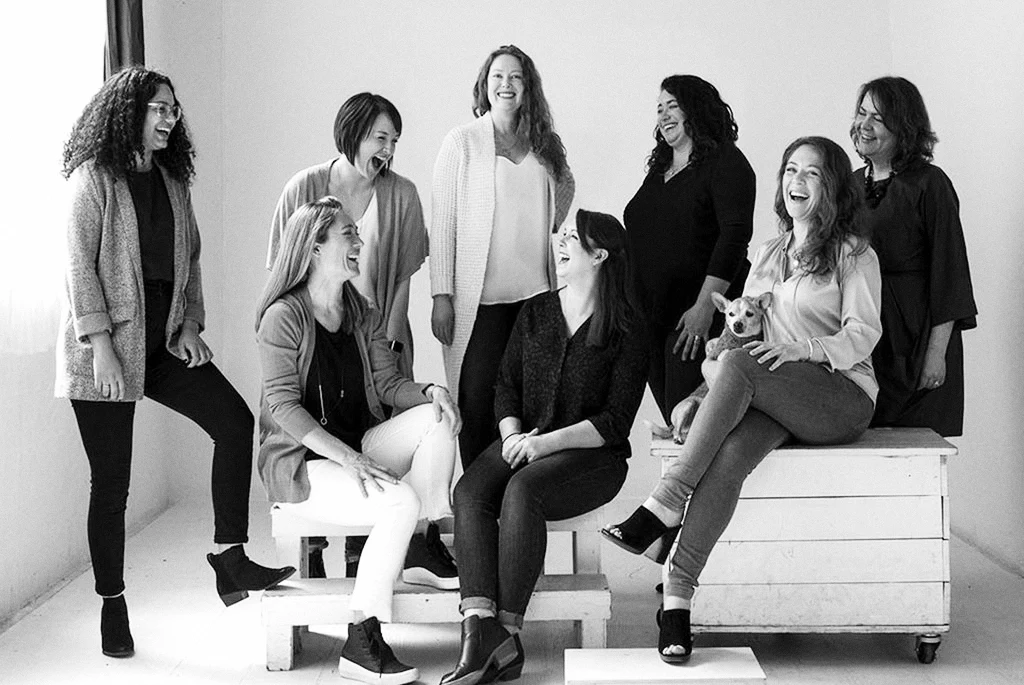
Basically, why not buy a few comfortable, personalized bras instead of a dozen ill-fitting ones? Much like Blakeley, McKeen believes there’s significant untapped potential in this market–and that consumers will benefit from her female-fronted team’s scientific and technological findings.
“Our mission is to be the most innovative intimate apparel company in the world, and it’s never been more possible to do that,” McKeen says. “This is a super capital-intensive business–it’s go big or go home . . . But we are really here to do it right.”
Recognize your brand’s excellence by applying to this year’s Brands That Matter Awards before the early-rate deadline, May 3.
